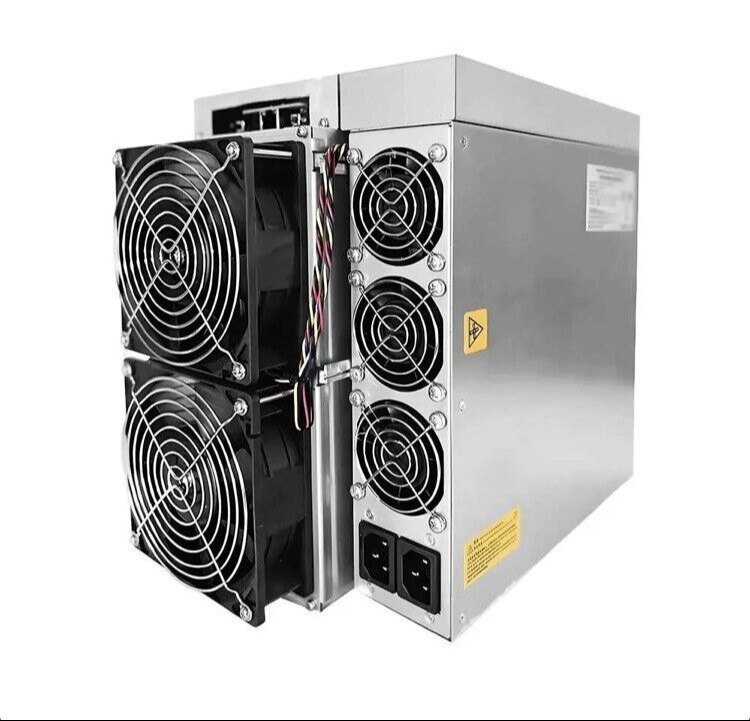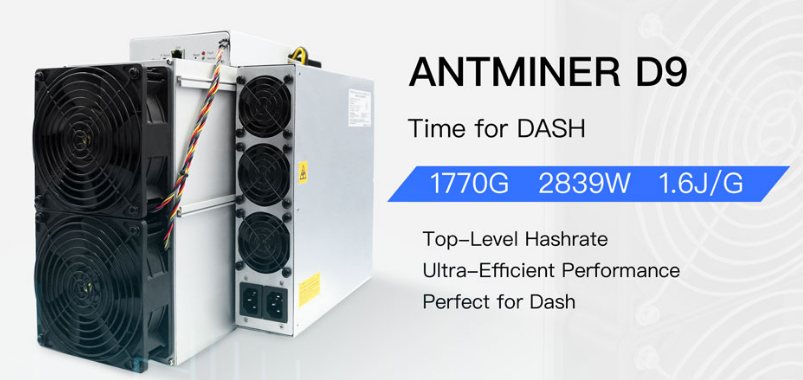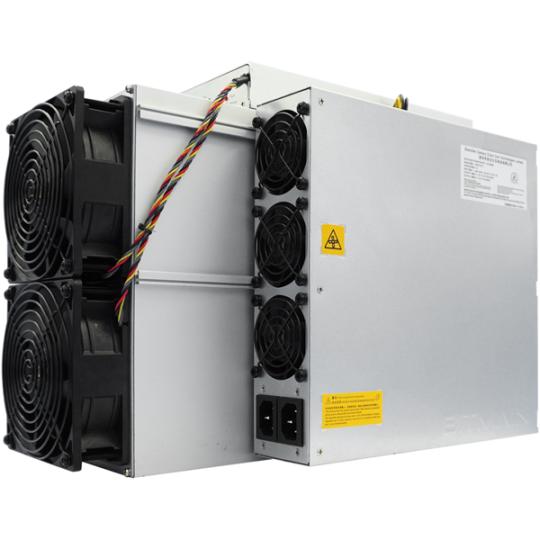How to Troubleshoot Dash Miner D9 Mining Issues?
Cryptocurrency mining has evolved significantly over the years, and the Dash Miner D9 stands out as a powerful and efficient solution for mining Dash using the X11 algorithm. However, even the most advanced mining equipment can encounter issues that disrupt operations. This article provides a comprehensive guide on how to troubleshoot common problems with the Dash Miner D9, ensuring that your mining operations remain smooth and profitable.
Introduction to the Dash Miner D9
The Dash Miner D9, developed by the renowned Antminer brand, is designed to deliver exceptional performance and reliability. With a hashrate of 1770 GH/s and power efficiency of 1.60 J/GH, this miner is a powerhouse for Dash mining. Its robust construction, user-friendly interface, and efficient cooling system make it a preferred choice for both novice and experienced miners. However, like any sophisticated piece of equipment, the Dash Miner D9 may encounter issues that require troubleshooting.

Common Issues and Troubleshooting Steps
1. Power Supply Problems
Symptoms: The miner fails to start or randomly shuts down.

Troubleshooting Steps:
- Check Power Supply Unit (PSU): Ensure that the PSU is compatible with the Dash Miner D9’s requirements (200-240V AC, 20A). Use a multimeter to verify that the PSU is delivering the correct voltage.
- Inspect Power Cables: Look for any signs of wear or damage on the power cables. Replace any faulty cables immediately.
- Verify Power Outlet: Ensure that the power outlet is functioning correctly by testing it with another device. Avoid using extension cords or power strips, as they may not provide sufficient power.
2. Overheating
Symptoms: The miner operates at high temperatures, leading to reduced performance or shutdowns.
Troubleshooting Steps:
- Check Ventilation: Ensure that the miner is placed in a well-ventilated area. Clear any obstructions around the intake and exhaust fans.
- Clean Cooling System: Dust and debris can accumulate on the fans and heat sinks, reducing their efficiency. Regularly clean the cooling system using compressed air.
- Monitor Ambient Temperature: The Dash Miner D9 operates optimally at temperatures between 0°C and 40°C. If the ambient temperature exceeds this range, consider using additional cooling solutions such as air conditioning or external fans.
3. Network Connectivity Issues
Symptoms: The miner is unable to connect to the mining pool or experiences frequent disconnections.

Troubleshooting Steps:

- Check Ethernet Cable: Ensure that the Ethernet cable is securely connected to both the miner and the router. Replace the cable if it appears damaged.
- Verify Network Settings: Access the miner’s web interface and confirm that the network settings are configured correctly. Ensure that the IP address, subnet mask, gateway, and DNS settings are accurate.
- Test Internet Connection: Verify that the internet connection is stable and has sufficient bandwidth. Consider using a wired connection instead of Wi-Fi for more reliable connectivity.
4. Hashrate Drops
Symptoms: The miner’s hashrate is lower than expected, resulting in reduced mining efficiency.
Troubleshooting Steps:
- Check Hardware Status: Access the miner’s web interface and review the status of the hash boards and chips. Look for any errors or warnings that may indicate hardware issues.
- Update Firmware: Ensure that the miner is running the latest firmware version. Manufacturers often release firmware updates to improve performance and fix bugs.
- Optimize Mining Pool Settings: Review the mining pool settings and ensure that they are configured for optimal performance. Consider switching to a different mining pool if necessary.
5. Unusual Noises
Symptoms: The miner produces loud or unusual noises during operation.
Troubleshooting Steps:
- Inspect Fans: Unusual noises often originate from the cooling fans. Check for any obstructions or debris that may be causing the noise. If the fan blades are damaged, replace the fan.
- Check for Loose Components: Vibrations from the miner’s operation can cause components to become loose. Inspect the interior of the miner and tighten any loose screws or brackets.
6. Frequent Restarts
Symptoms: The miner restarts frequently, interrupting mining operations.
Troubleshooting Steps:
- Check Power Supply: Frequent restarts can be caused by an unstable power supply. Verify that the PSU is delivering a consistent voltage and that the power outlet is functioning correctly.
- Review Logs: Access the miner’s logs to identify any error messages or patterns that may indicate the cause of the restarts. Common issues include overheating, hardware faults, or firmware bugs.
- Reset to Factory Settings: If the issue persists, consider resetting the miner to its factory settings. This can resolve software-related issues that may be causing the restarts.